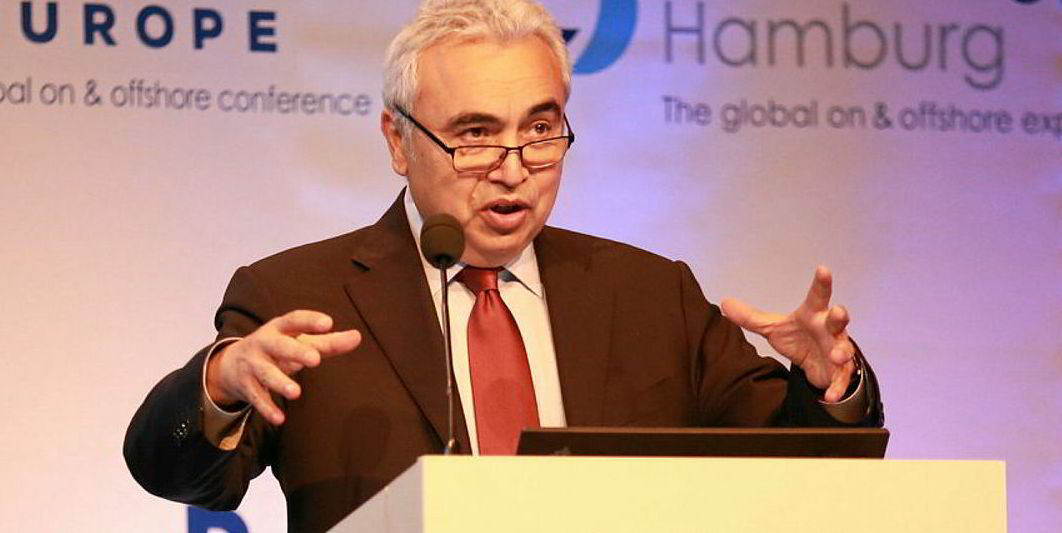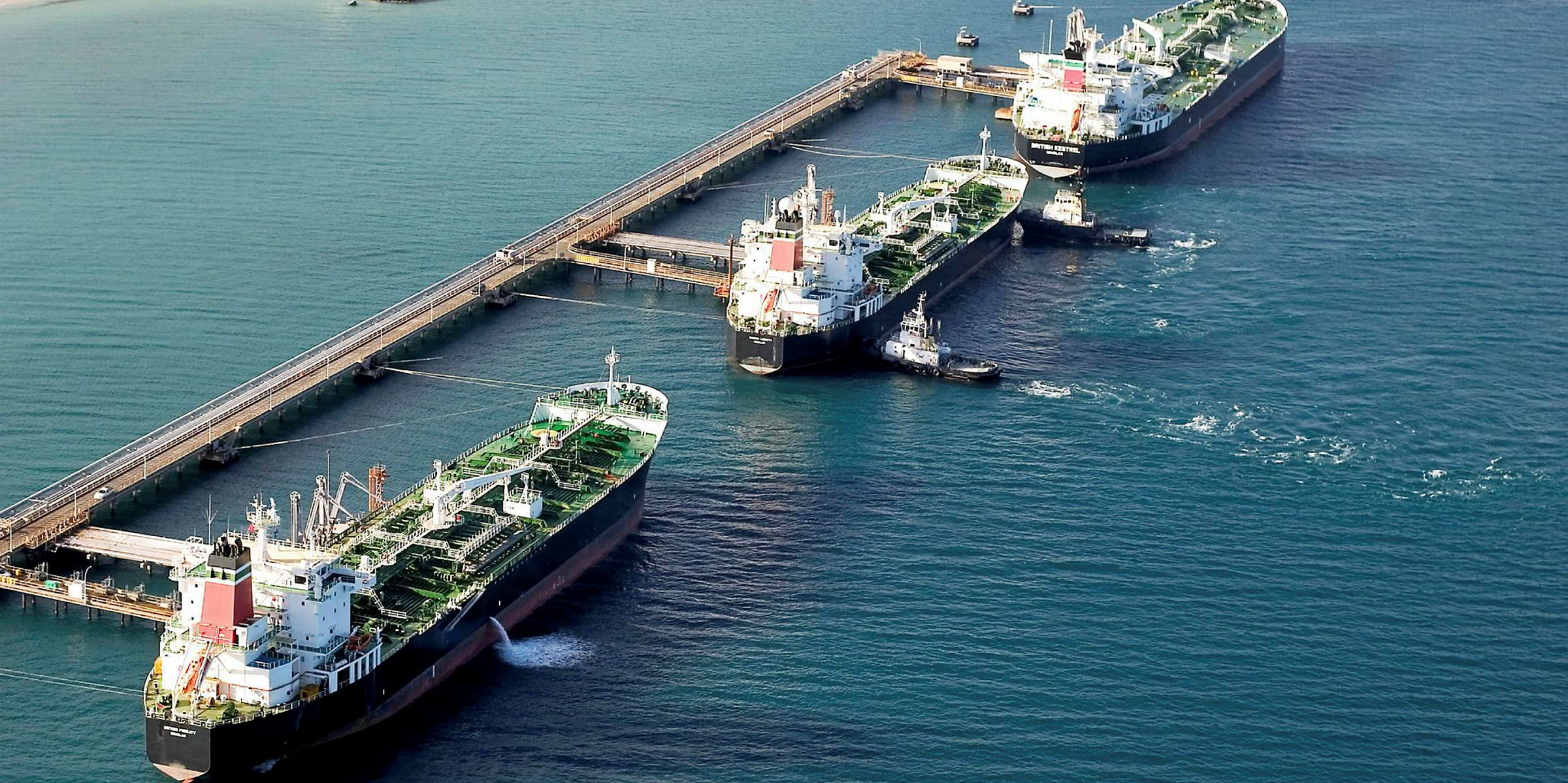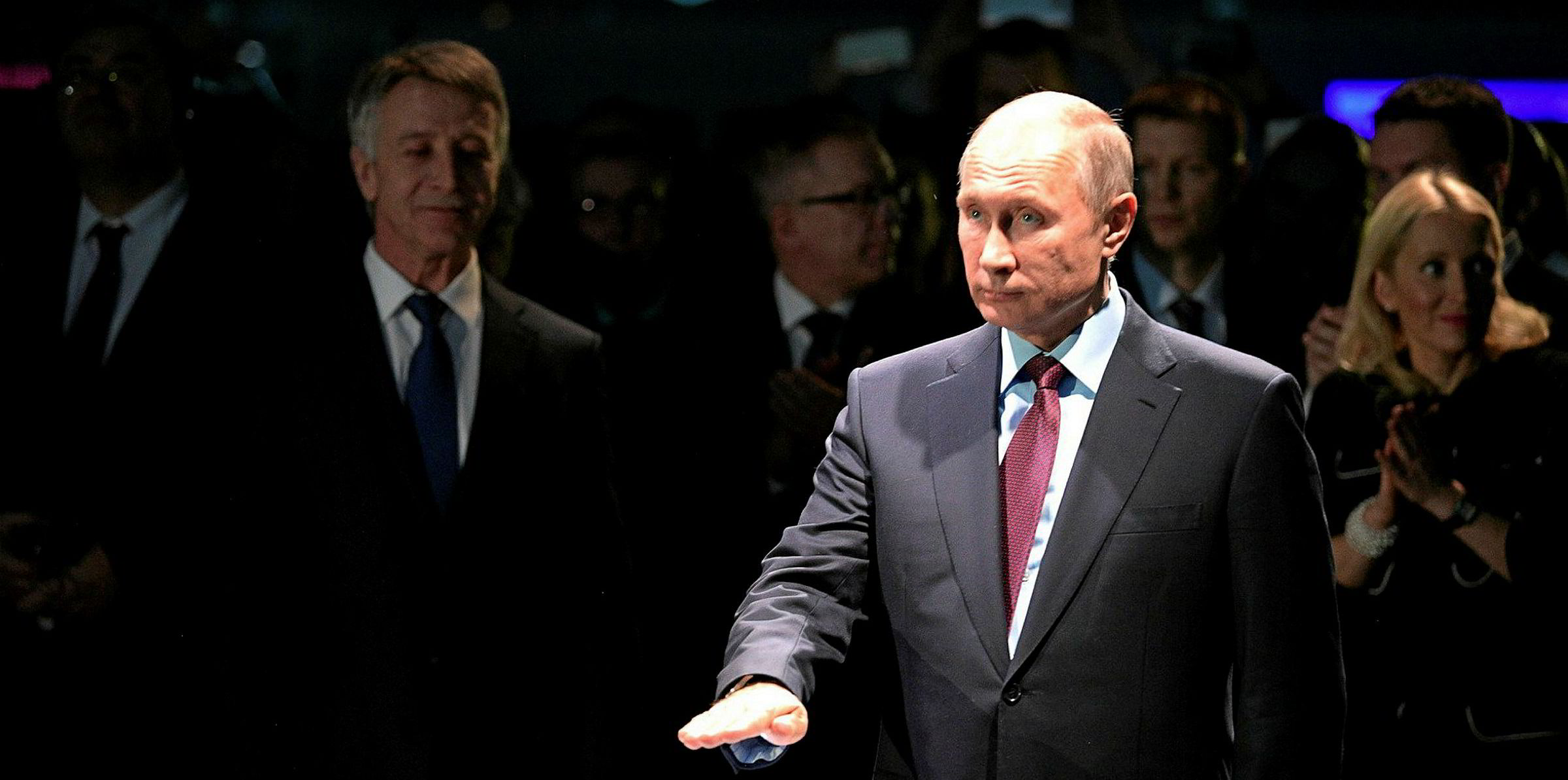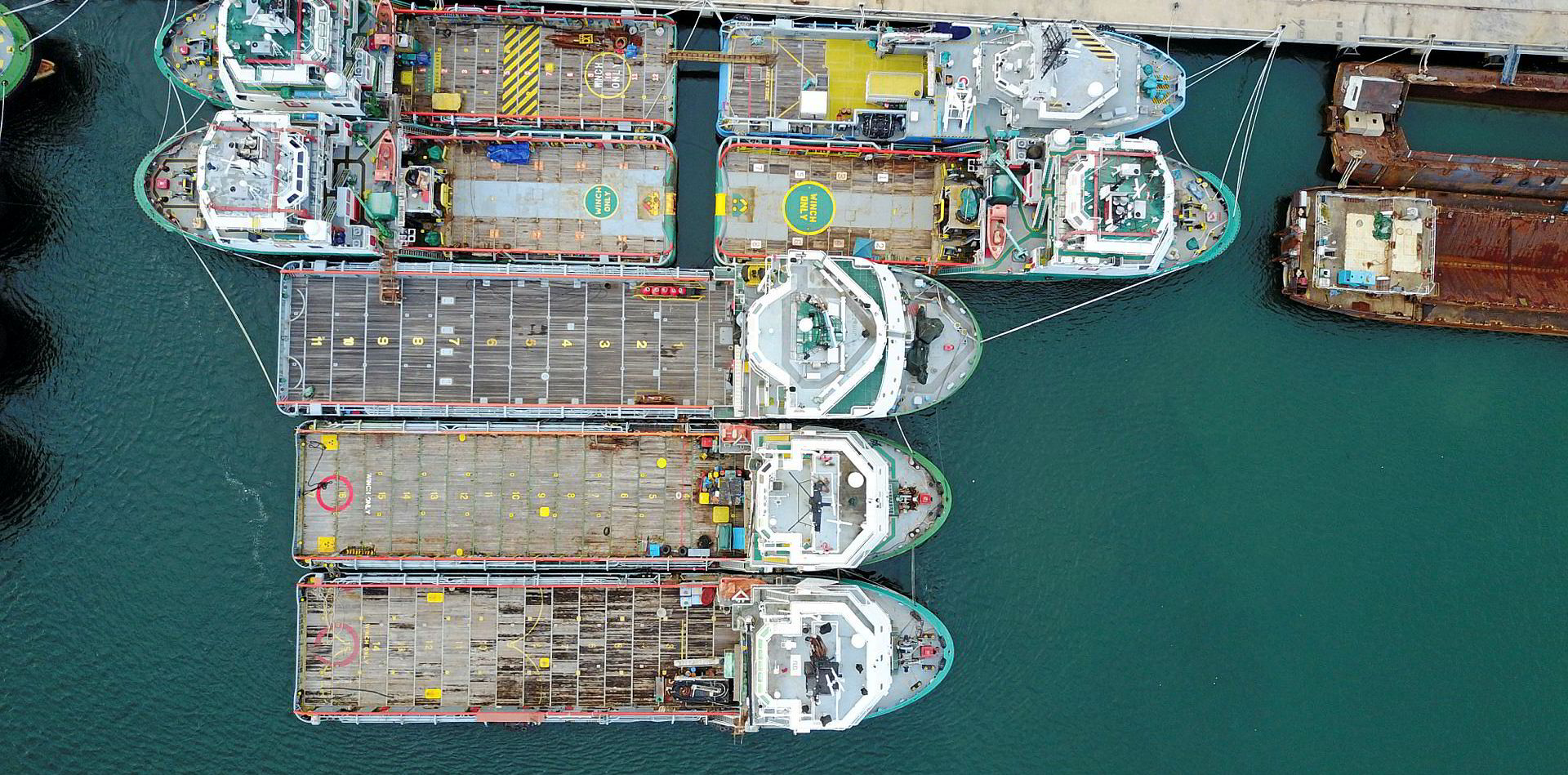A once-in-a-generation oil price war is expected to save tanker markets from the demand weakness caused by the coronavirus epidemic,but the pricing advantage of scrubber-fitted tonnage is diminishing with the collapse in bunker costs.
After Russia walked out of the Opec+ meeting last week, Saudi Arabia announced cuts to its crude prices to consuming nations across the globe from April, triggering the largest sell-off in oil markets since 1991.
Riyadh fired the first shot of an oil price war amid a sharp fall in global consumption, an extremely rare situation in the history of oil trading.
According to Arctic Securities, the Saudi effort to discipline Venezuela by raising output during the Asian financial crisis in 1998 was the “only remote parallel”.
But while the impact of that crisis was largely confined to developing Asian economies, the Covid-19 outbreak is affecting oil demand across the globe.
The International Energy Agency (IEA), the OECD energy watchdog, has predicted a fall of 90,000 barrels per day (bpd) in global oil demand this year, the first decline in more than a decade. “The coronavirus crisis is ... dealing a heavy blow to demand for transport fuels,” Fatih Birol, the agency’s executive director, said.
With global oil production expected to increase by more than 1m bpd from next month amid demand weakness, the prompt crude price has become much cheaper than cargo for delivery in forward periods. This contango scenario has incentivised storing oil for later sales, and tanker owners including Frontline and Cosco Shipping Energy Transportation have received more enquiries for floating storage this week.
“We expect oil tanker storage to increase as more Middle East oil comes to market,” researchers at BTIG said.

Jefferies analyst Randy Giveans estimated 50 VLCCs could be removed from the trading fleet, if the amount of oil stored at sea reaches 100m barrels — a level last seen in the second quarter of 2016.
Also, low oil prices can support the volumes purchased by refineries despite the bearish demand picture, according to analysts.
While the number of Covid-19 patients is rising rapidly in Europe and the US, tanker flows to those regions have yet to be significantly affected, vessel-tracking data providers said.
China — which accounts for most casualties in the outbreak — has reported fewer cases since late February, and economic activity in the world’s largest seaborne crude buyer is beginning to recover.
The IEA has predicted China’s oil consumption will rebound from 11.2m bpd in the first quarter to 13.8m bpd in the second, boding well for Chinese refineries that plan to restock with cheap crude.
We expect oil tanker storage to increase as more Middle East oil comes to market
BTIG
Moreover, China’s pricing mechanism would allow its refineries to set retail gasoil and diesel prices based on a $40-per-barrel crude price, so their margins are elevated in the current market — where international benchmark Brent is priced below the threshold.
“This will incentivise the Chinese refineries to run more crudes on higher domestic margins, though the upside may ultimately be limited by China’s oil demand and regional refining margins in Asia,” Kang Wu, S&P Global Platts Asia head of analytics, said.
In a very bullish scenario, Clarksons Platou Securities estimated a 2m-bpd increase in Middle East Gulf-China crude flows would lift VLCC earnings to $110,000 per day.
Meanwhile, bunker prices in Singapore, the world’s largest bunkering hub, are falling in line with lower oil prices.
All ships must consume marine fuel with a sulphur content of no more than 0.5%, such as marine gasoil and very low-sulphur fuel oil (VLSFO) , but those with scrubbers can continue using high-sulphur fuel oil (HSFO).
According to Ship & Bunker, the price of HSFO decreased by $62 to $225 per tonne and VLSFO dropped by $78 to $337.5 per tonne per tonne on Monday.
While such developments can reduce voyage expenses for all vessels in the trading fleet, the advantage of scrubber-fitted tonnage is disappearing.
At the beginning of the year, the premium of VLSFO to HSFO was about $307 per tonne.
As the HSFO price historically falls by less than low-sulphur fuels when the crude price drops, Banchero Costa’s research head, Ralph Leszczynski, predicted the premium will skrink further.
“The spread [between high and low-sulphur fuel] was already going down due to better availability from refiners of low-sulphur fuels, and will now see even more negative pressure from the fall in crude prices,” he said. “This is not good news for the economics of scrubbers.”







